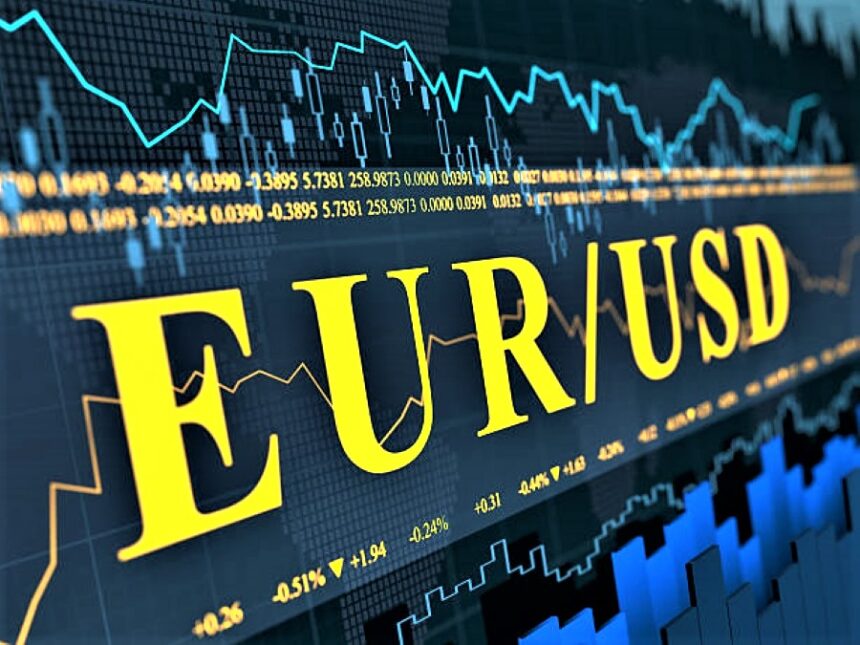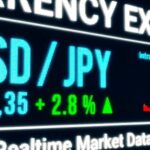The EURUSD pair trades at 1.1674, attempting to regain ground but struggling to break above the psychological 1.1700 barrier. Although the Euro has recovered from Monday’s low of 1.1638, buyers remain hesitant as global developments and looming central bank signals weigh on sentiment.
Market participants are treading carefully, with risk appetite improving slightly after diplomatic progress in Ukraine, but uncertainty around Federal Reserve policy and geopolitical headlines limiting momentum.
Geopolitical Developments: Ukraine Peace Talks in Focus
Late Monday, US President Donald Trump held talks with Ukrainian President Volodymyr Zelenskyy and European leaders, including European Commission President Ursula von der Leyen. Trump stated that “progress” was made on a Ukraine-Russia peace agreement, although he provided few details. A potential meeting between Zelenskyy and Russian President Vladimir Putin could mark the next step in negotiations.
The US administration continues to maintain pressure on Moscow. Treasury Secretary Scott Bessent signaled that Washington is considering raising tariffs on India over its continued imports of Russian oil, further highlighting how the conflict extends into broader global trade dynamics.
These developments gave the Euro a slight boost on Tuesday, as reduced geopolitical tensions support risk-sensitive currencies, yet uncertainty over outcomes prevents strong follow-through buying.
Eurozone Data: Current Account Surplus Surprises
From the Eurozone, the June Current Account posted a seasonally adjusted surplus of €35.8 billion, beating the €30.3 billion expected. The stronger reading signals improving external balances for the bloc, providing underlying support for the common currency.
However, while the surplus is positive, its impact is overshadowed by global risk sentiment and US monetary policy expectations, which continue to dictate short-term EURUSD movements.
US Data: Housing Mixed, Attention on Fed
Across the Atlantic, the United States reported July Building Permits falling 2.8%, a sign of cooling momentum in the housing market. On the other hand, Housing Starts rose 5.2%, showing resilience in new construction activity.
Still, the market reaction was muted, with traders largely focused on the Federal Reserve’s next policy steps. The release of the FOMC Minutes on Wednesday will be scrutinized for fresh clues on interest rate trajectory, followed by the Jackson Hole Symposium later this week, where global central bank leaders will share their views on inflation, growth, and monetary policy.
Technical Outlook: EURUSD Faces 1.1700 Hurdle
From a technical perspective, EURUSD remains capped by the 1.1700 resistance, a level that has acted as a short-term ceiling in recent sessions. A sustained break above this level could open the door toward 1.1735 and 1.1760, while failure to hold gains keeps the downside exposed to 1.1635 and 1.1600.
Momentum indicators on the 4-hour chart show limited bearish pressure, suggesting that while buyers lack conviction, the downside remains somewhat contained unless US Dollar strength reasserts itself aggressively.
Conclusion
The Euro remains steady but hesitant ahead of major risk events, with EURUSD consolidating just below 1.1700. Diplomatic progress in Ukraine offers some optimism, but geopolitical uncertainty and looming Fed signals cap gains.
The FOMC Minutes and Jackson Hole Symposium will likely set the tone for the pair in the coming sessions, with any hint of prolonged US monetary tightening likely reinforcing Dollar strength. Conversely, dovish signals from Fed officials could give EURUSD the boost needed to break above 1.1700 convincingly.
For now, traders should expect consolidation within the 1.1630–1.1700 range, with volatility picking up once Fed-related events unfold.









